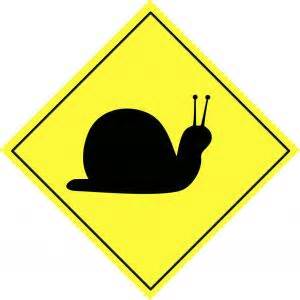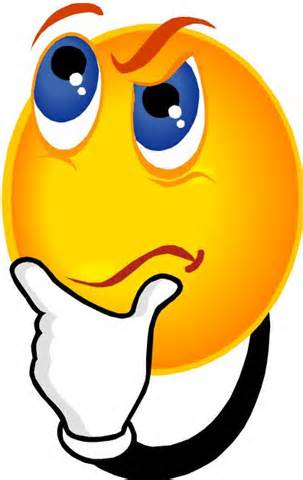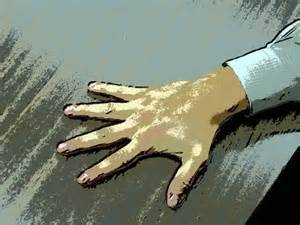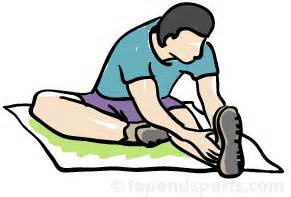Well, maybe not exactly an app, but there is a new book just published and available for perusal at Amazon. The idea here is to practice sight-reading with a partner in four-hand settings. When playing with others, one feels more pressure to keep going no matter what. Here's the publication blurb:
Learn to sight-read more fluently by practicing with a partner, an experienced guide at your side. Of course, we know to keep our eyes on the page and look ahead. We know to begin by scanning for surprises of meter, accidentals or key change. We know, too, that setting a reasonable tempo based on the fastest note values ensures a successful performance. But in the final analysis we must learn not to stop for mistakes, the wayward flat, the dangling mordent or what-in-the-world-kind-of-scale was that, anyway. It would be rude to abandon a partner in search of the aforementioned and if social pressure isn’t enough, just remember that might very well be your teacher there at your side, cracking the whip. So, look into these pages of colorful harmonizations from the collection of chorales by J.S. Bach, just to get started. There are forays into rare occasional pieces by Chopin, Schumann, Arensky, Tchaikovsky and Rachmaninoff. And the intrepid will find a 20th century organ prelude and a complete duet sonata by Mozart, just to name a few.








